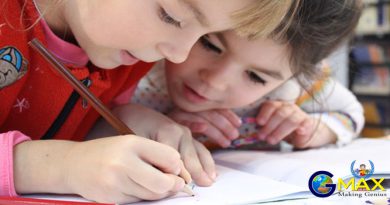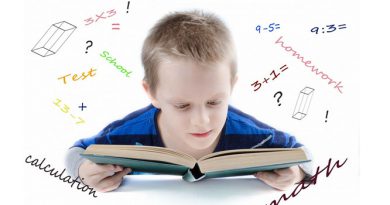Why Should Apply Phonics Method to Teach Your Child to Read

There are a set of skills your child should develop before he or she is prepared to embark on a lifetime of reading.
- First, your child should develop a love of books reading. With so many imaginative stories for young children in the marketplace, bedtime or anytime is a wonderful time to cuddle up with a great book with a toddler or pre-schooler.
- Next, your child should develop print awareness. Namely, he should see words in print. Your child should know that people read words, not just pictures. He should be exposed to signs and words in magazines. He should hold a book and pretend to read, and he should ask questions about what you are reading to him.
- Third, your child should develop phonological awareness. He should be able to hear the way words sound. He should recognize that “dog” does not rhyme with “cat.”
- Fourth, He should begin to recognize letters. He should be able to sing the ABC and notice the shapes of some of the letters and even some of the sounds.
- Fifth, your child should develop a vocabulary. A child of five typically understands 2500-2800 words and speaks in 5-8 word sentences.
- Finally, a child should gain some level of reading comprehension before he learns how to read. This means that a child should be able to understand a simple storyline.
Once your child has developed some of these skills and has demonstrated a desire to read it is time to begin to teach your child to read. There are two general approaches to teaching a child to read: The phonics method and the whole word method. This article will focus on the phonics method.
Teach your child each letter and its sound. Teach one letter a day, or go slower if the child needs more time. When you teach a sound to be careful not to add an “uh” at the end of the sound. Don’t say “the sound of the letter “D” is “duh.” Say “the sound of the letter “D” is “d.” This is important because when your child begins to combine sounds, you don’t want him to say “Duh-a-d” you want him to say “d-a-d.”
Make each letter fun. Have your child cut out pictures of things that start with your letter from magazines and make an ABC book. Act out things that you do that begin with the letter you are learning. Sing songs about your letter. Find creative ways to make your letter memorable to your child.
Once your child has learned a few consonant-vowel-consonant combinations (enough to make one or two three letter words like CAT or DOG) begin forming one or two words that he can read. Show him how to sound out a word and have him read it. Slowly at first and then faster and faster. Look at that – he is reading! There is nothing like the feeling of that first word!
Once your child finishes all the letters and is reading three letter words, he should practice daily. Bob books by Scholastic is an excellent set of beginners’ readers. It comes in levels, and your child can color in the pictures when he completes a book.
Try to find a book on “sight words” to teach your child. “Sight words” are words that are often a bit difficult to sound out with the phonics method. They are words your child needs to learn by the whole word method – by memorization. These are words like: all, for, is, said, that, what, who.
About the Author:
Carol James is an EssayLab writer and senior editor. She has MA degree in social sciences and is an excellent specialist in this field. Moreover, Carol writes articles, reviews on the different actual subjects. So, if you have any questions regarding the writing, feel free to ask her!




